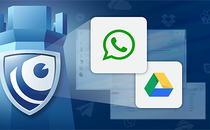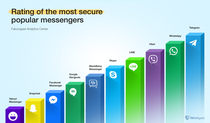
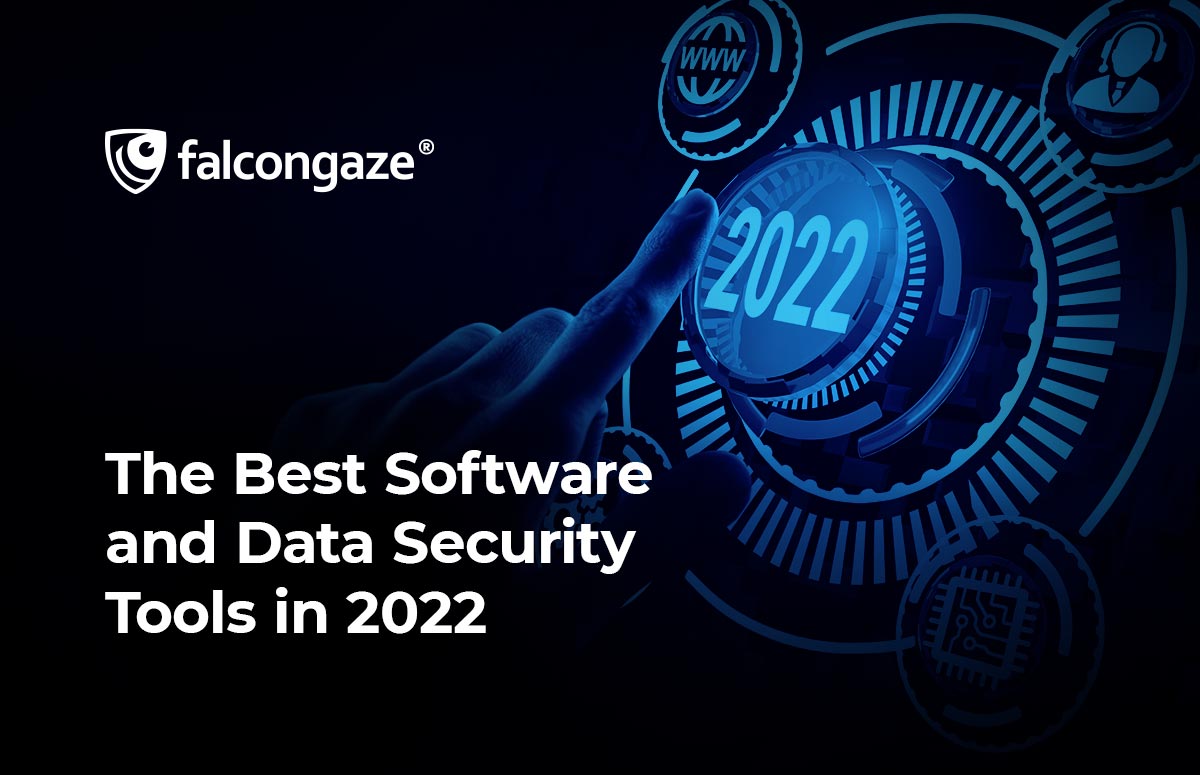
The Best Software and Data Security Tools in 2022
In 2022, more and more organizations are engaged in regulating the security of the software used. The latest high-profile leaks, especially those that were carried out through hacking applications (Yandex, Sberbank), brought millions of profits to hackers, and millions of financial and reputational damages to the company. In this article, we will talk about software testing tools available on the market and a system to protect the confidential data of an organization.
Why Are They Attacking Through Applications?
Vulnerability in the code, an attack on the server through the application, an attack for the injection of malware, phishing through ads in the application - these are just a small part of the motives and causes of attackers. Application vulnerabilities range from small configuration errors to system failures - all of these gaps add up to the most accessible vector for a hacker to attack. According to Forrester Research, 35% of all attacks that have already occurred in 2022 were carried out through vulnerabilities in company software. Thus, the demand for high-quality software security testing tools is growing in proportion to the growth of leaks that occurred through a software attack. Since it is important for companies to show their presence and success in the market, the risk of attack and the desire to hit the jackpot is also growing.
Preventing software attacks requires additional testing efforts not just at the end of development. For those who develop software themselves, the software should be tested early and often. This can reduce delays and additional costs when an application needs to be rewritten towards the end of a production run. In the case of outsourced software, the smartest approach is to test it in multiple ways before launching it into full production.
“It's always easier to prevent problems than it is to find them in production, so it makes sense to do security testing right from the start,” said Janet Worthington, Senior Security and Risk Analyst at Forrester.
SAST
One of the most important testing tools for preventing threat escalation is static analysis testing. Static Application Security Testing (SAST) is the testing of application security software by statistical analysis of its source code in order to identify all sources of vulnerabilities. This method is great for rooting out injection attacks. SQL injection attacks are a common attack vector in which a SQL query is injected through input from the client to the application. It is often used to access or delete sensitive information.
SAST tools can also help identify server-side request forgery (SSRF) vulnerabilities, where attackers can trick servers into sending fake HTTP requests to a third-party system or device. Such testing can help detect these vulnerabilities before they enter production.
Software Composition Analysis
Another important testing tool is the analysis of the composition of the software. Next, we will talk about tools that help completely block the penetration of malicious components into the pipeline. They look for known vulnerabilities in all components, including open and third-party libraries. Vulnerabilities such as Log4J have contributed to the popularity of this type of testing tool. According to Forrester, 46% of developers currently use software composition analysis tools for testing.
DAST
Dynamic Application Security Testing (DAST): this type of testing uses a "black box" approach, simulating attacks on the version of the application at run time. DAST is typically run during integration or end-to-end automated tests. According to a global survey among companies, 44% of development teams plan to use DAST before releasing software.
API
API testing is a type of software testing that analyzes an application program interface (API) to ensure that it meets the expected functionality, security, performance, and reliability. Tests are performed either directly on the API or as part of integration testing. An API is an intermediate program code that allows two programs to communicate with each other. The code also defines how an application requests services from the operating system (OS) or other applications.
Applications often have three layers: data layer, service layer (API layer), and presentation layer (user interface (UI) layer). The application's business logic—the guidance for how users interact with the services, functions, and data stored in the application—is located at the API layer. An API test is typically performed by sending requests to one or more API endpoints and comparing the response with the expected results.
IAST
Interactive Application Security Testing (IAST): this technique checks software for vulnerabilities at runtime, using sensor modules to monitor software behavior during the testing phase. If IAST detects a problem, such as SQL injection or cross-site scripting injection, it sends an alert. As a new type of testing, IAST is often performed by teams that are already doing static and dynamic testing. It tends to have lower false positive rates than other types of testing.
Penetration Testing
Pentesting or manual testing, also known as ethical hacking, involves testing applications for vulnerabilities and susceptibility to threats, usually performed by a third-party specialist hired by the company. Manual tests can reveal many things, from programming and configuration errors to supply chain attacks.
In some cases, penetration testers are provided with a checklist of what they should test during a test. The tester then analyzes the results of the pentesting and generates a report. The penetration test report is then sent to the client and the client can decide how and when to fix the vulnerabilities.
Company Data Protection: The Human Factor
As we have already described, attacks through software are extremely common and are fraught with the leakage of large amounts of private company data. Unfortunately, most leaks are due to human error, in which case no amount of software security testing will help prevent an attack.
Data Loss Prevention (DLP) is a practice that improves information security and protects business information from data leakage by preventing end users from moving key information off the network. DLP also refers to tools that allow a network administrator to keep track of the data being accessed and exchanged by end users.
Before implementing DLP, pay close attention to the nature of your company's sensitive information and how it is transferred from one system to another. Classify sensitive data by classifying it with labels such as "employee data", "intellectual property" and "financial data".
The DLP market is predicted to grow to $3.5 billion by the end of 2025. With so many different DLP solution providers out there, it's good to know the best deals in the area. One of the most reliable systems on the market is Falcongaze's SecureTower. In the SecureTower system, complete control of corporate information is achieved by monitoring the maximum number of communication channels and data transfer protocols. After analyzing the intercepted data, if there is a violation of the security rule, the system automatically notifies about the incident with all the information about it.
SecureTower is optimized to work with large and dynamically updated volumes of information. When updating the database, only new data is indexed, without unnecessary time and resource costs for indexing all information. This is especially true for large companies with large client or subscriber bases. By default, the information in the database is processed every 30 minutes, this time can be configured independently.
Conclusion
In most cases, organizations are best served by combining different types of tools from different sources. If you combine software testing with best-in-class testing tools with a functional and reliable DLP system, you can be sure that you will get a good level of data protection. There is no single way that can give 100% security, but a combination of methods will bring the level of protection closer to the best possible.

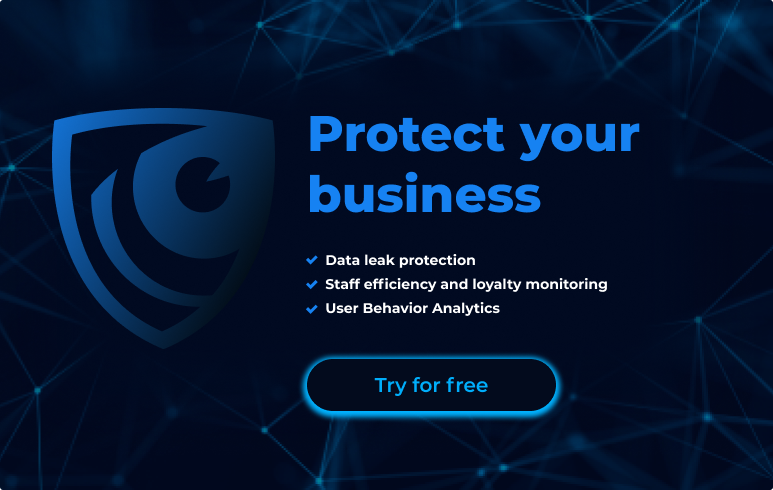
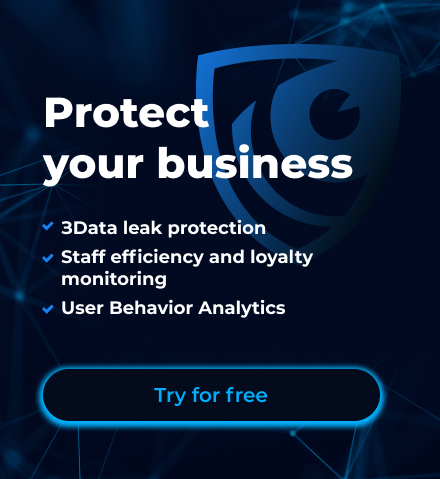
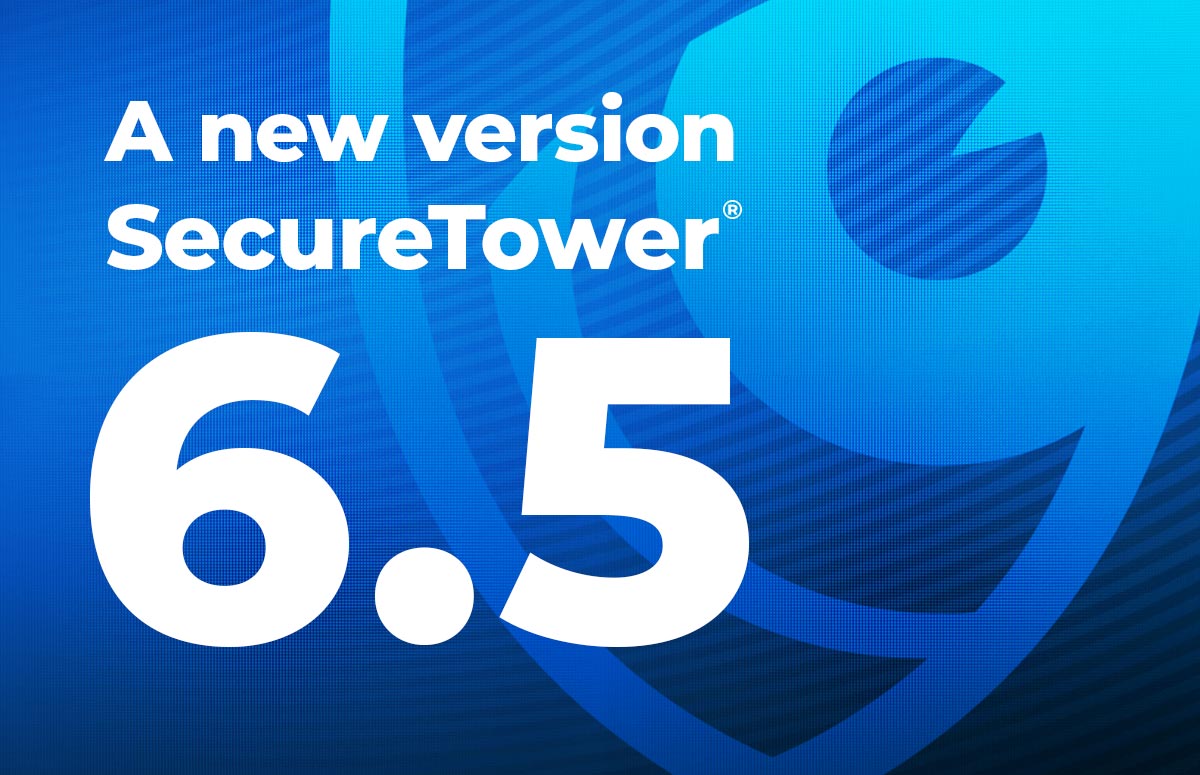


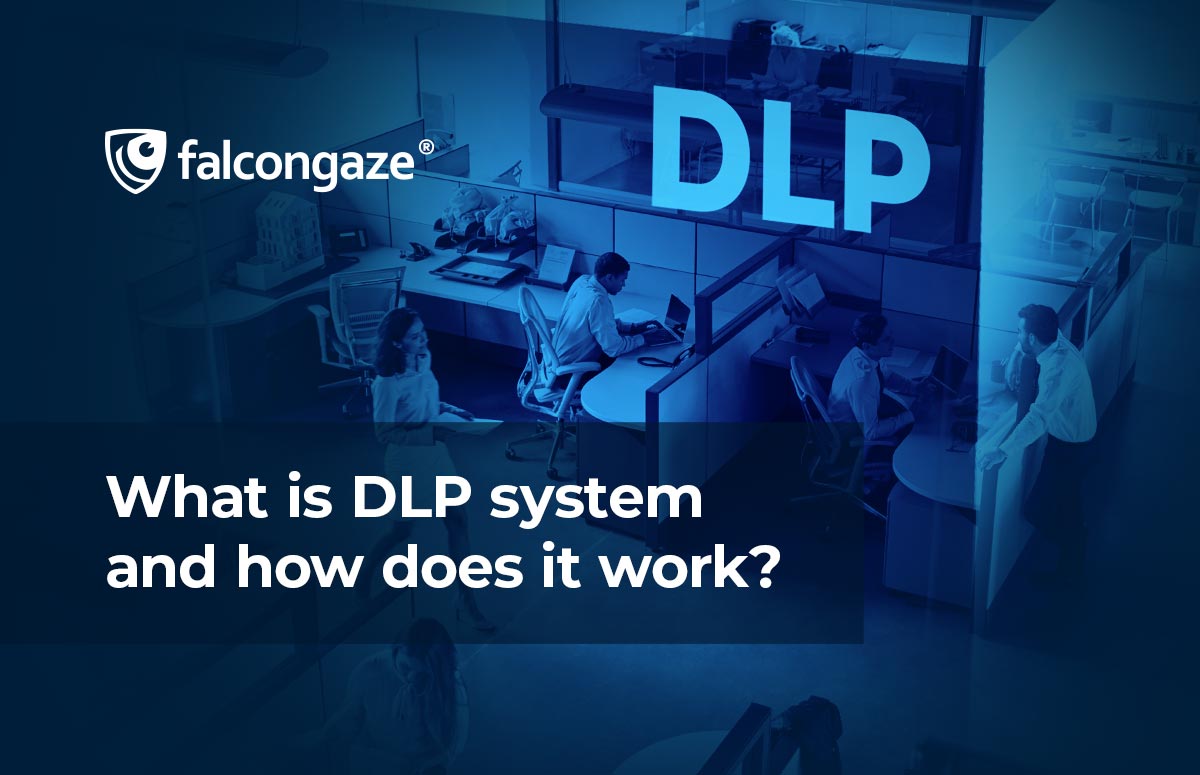
.png)



